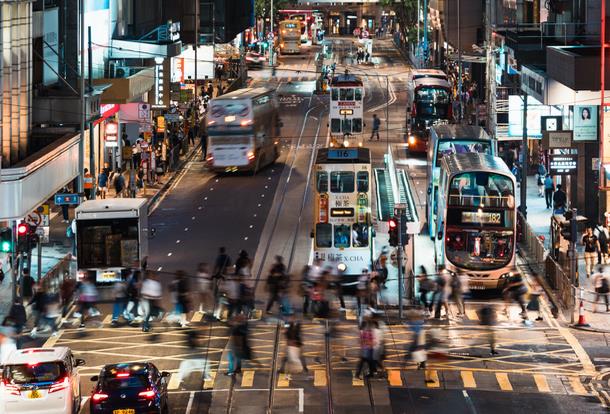
Sometimes change comes slowly, and sometimes it arrives more quickly. The way that people travel by air has been relatively constant over the past few decades, largely based on who is paying for the ticket. When a company is paying, schedule convenience, frequent flier benefit, seating or upgrade ability, and other “soft” items tend to take priority over the price point. When the customer pays for the ticket, the intermediate-good nature of air travel takes control and price paid becomes the overwhelming first choice of consideration.
Over the last three years, several major shifts have occurred that change the way people think of air travel. Obvious among these is the pandemic, that in part made most people more confident of video conferencing as a way to do business. The pandemic also changed people’s view of personal risk. Beyond the pandemic, investors have been pressuring businesses to report on ESG targets, and reducing air travel has been targeted by many companies as an easy way to reduce their environmental footprint.
Many businesses require travel as part of their activities. This includes sales efforts to support existing customers and to win new business. It also includes training and maintenance efforts to keep plants running, meet ongoing recurrent training needs, and to standardize IT infrastructure across a wide geography. Also part of this are promotions and networking opportunities offered by trade shows and conventions. The “T&E” (travel and entertainment) line of many companies is significant, and over the last three years there has been a renewed interest in reducing this expense.
Read original article




